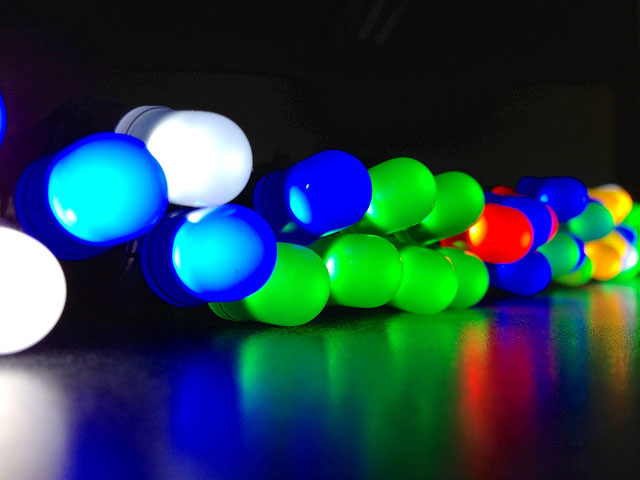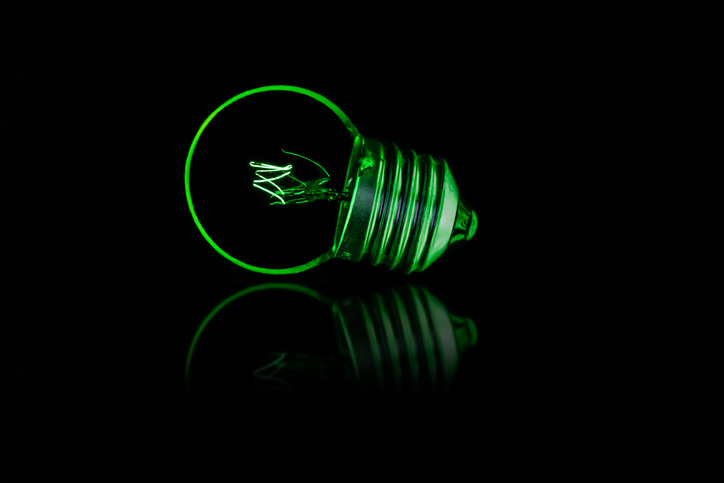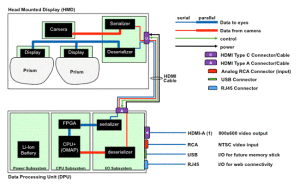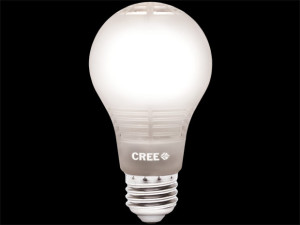
Image via Michael Geminder
Scientists have developed energy efficient, ultra-thin light-emitting diodes (LEDs) for next-generation communication technologies.
Light sources that reliably convert electrical to optical signals are of fundamental importance to information processing technologies. Energy-efficient and high-speed LEDs that can be integrated onto a microchip and transmit information are one of the key elements in enabling high volume data communication.
Two-dimensional (2D) semiconductors, graphene-like, atomically thin materials, have recently attracted significant interest due to their size (just a few atoms thick), well-defined light emission properties, and their prospects for on-chip integration. While, in recent years, researchers have succeeded in fabricating LEDs based on these materials, realizing efficient light emission has remained a challenge.
An efficient LED device converts most of its electrical power input into light emission (i.e., with minimal losses due to conversion into other forms of energy such as heat). Previous studies on LEDs based on 2D semiconductors reported that a large amount of electrical current is needed to trigger light emission. This means that a substantial fraction of the input electrical power is dissipated as heat instead of generating light.


 Chemical engineers have generated ultra-pure green light for the first time.
Chemical engineers have generated ultra-pure green light for the first time.




